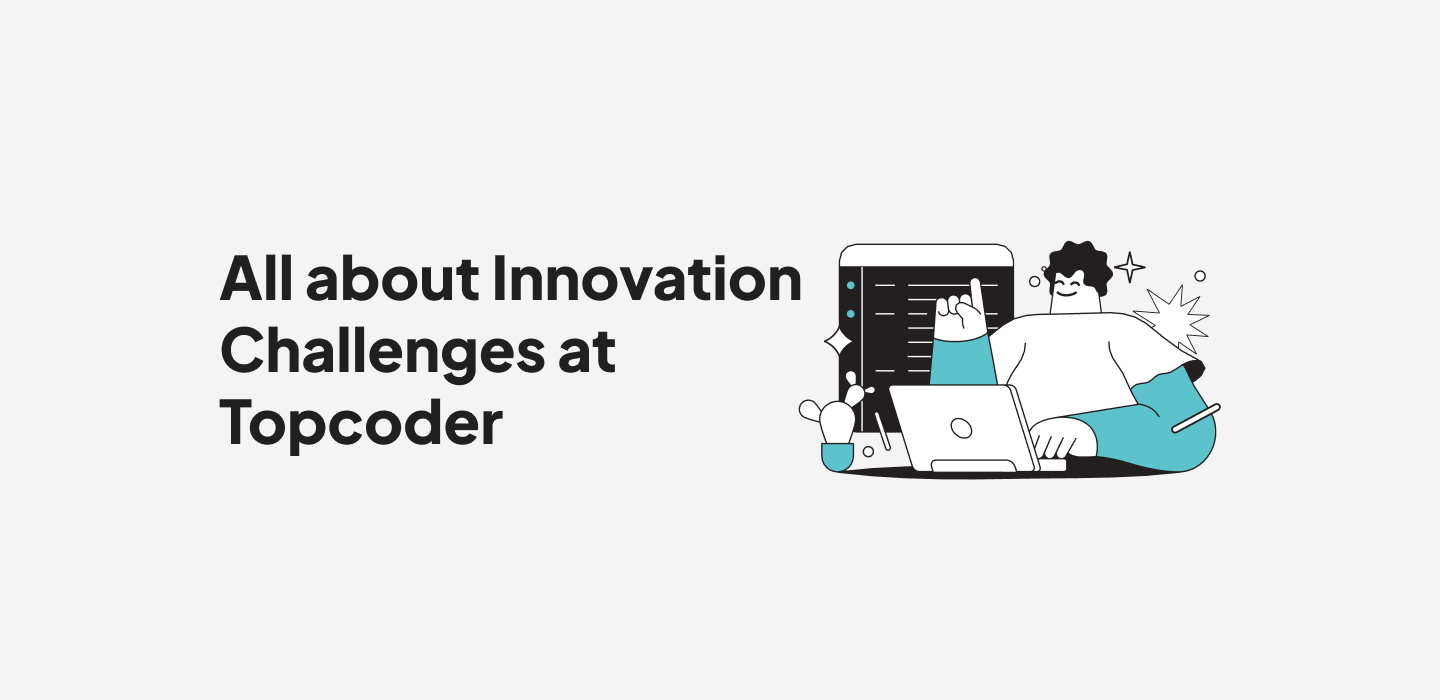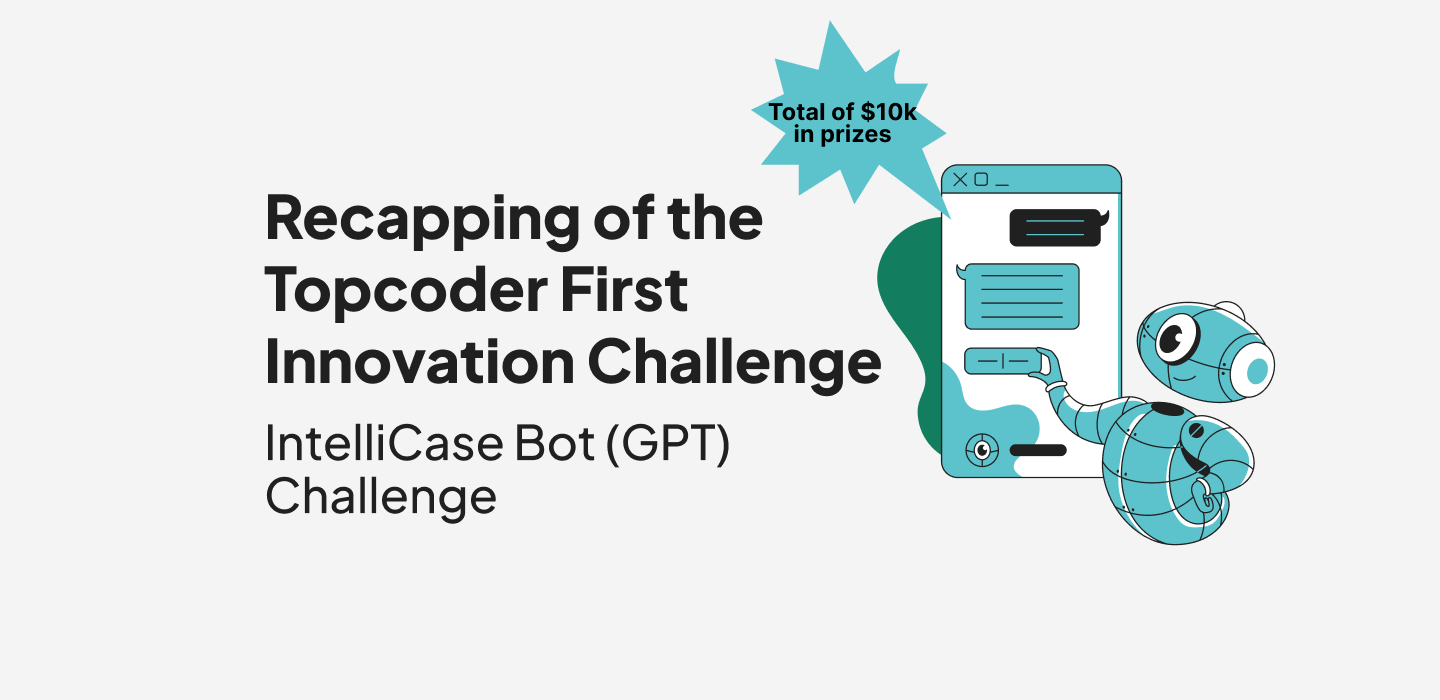May 24, 2017 How to Ensure Innovation Moves Beyond Initial Ideation
There are two challenges facing business leaders today, regardless of industry: the imperative to innovate and the talent gap in technology. At Spigit Ignite 2017, The Premier Innovation Conference, we talked about roadblocks to innovation, best practices for executing on technology goals, and leveraging digital transformation. What it comes down to is that we all want to win, and figuring out how to harness the right talent and differentiate has become increasingly important. Here are a few ways organizations should set themselves up for successful innovation.
Ramping up to nowhere
Companies are having a huge problem with wanting to innovate, and require talent in software, digital, and other emerging hybrid areas like cognitive. One theme I noticed coming up often at Ignite 2017 was unforeseen stagnation — various leaders and practitioners spending a lot of time getting the culture set for innovation, getting traction, folks across the organization ramping up to collaborate, and then… nothing happens.
The solution is to create a framework that ensures innovation moves beyond ideation. Of course, that’s easier said than done. But it can be done. The following are 3 things you need to succeed:
1. Low calorie, not no calorie
Innovation works best when teams have to beg, borrow, and steal. For whatever reason, scarcity of resource drives ingenuity in humans. But a zero-calorie diet leads to starvation and death. At Ignite 2017, too many practitioners said their program died once it came time to make some investment in building out the ideas. People then stopped believing that the organization was committed to innovation, and not just talking it up for the sake of PR.
2. Don’t let the best PowerPoint win
I promise this one isn’t just because I can never find the right PowerPoint template, image, or font — even when my life depends on it. During Ignite 2017, one director at a very large company said that investments were being made based on the flashiest presentation, and that idea would get the bulk of the funding. There’s a better way to do this.
At Topcoder, we’ve run multiple large-scale innovation programs called “Appathons” that use a gated process. In a typical Appathon, 100 ideas become 50 concepts, and those 50 concepts become 15 prototypes, and then those 15 prototypes become 5 proofs of concept (POC). Then a customer will provide one or two PoCs the funding to become MVPs. At each stage, vetting is done by both reviewers and teams voting with their time to drive an idea forward. We ran an Appathon like this with HPE for the Living Progress Challenge last year — to great success.
Here’s a look at the process:

3. Find and leverage the right talent
Internal IT resources often lack the bandwidth or niche areas of expertise to execute on today’s big technology initiatives. Topcoder customers have tapped into our global community of technical experts to extend their internal resources, access experts in new technologies, and get high-quality results quickly. Crowdsourcing gives you the resources to triage technology needs, distill them down into smaller components, and deliver outcomes in weeks — not months.
Crowdsourcing is a more efficient way to execute on innovation initiatives, particularly as the technology needs of businesses evolve. That’s why we’ve made it easy to access top technologists from all over the world, explore more options, and get more done faster. Download our free ebook, Innovating at Scale with Crowdsourcing: 5 Steps to Go From Ideas to Apps, and see how crowdsourcing can help you move beyond ideation.

Brendan Wright
VP, WW Sales & GTM


